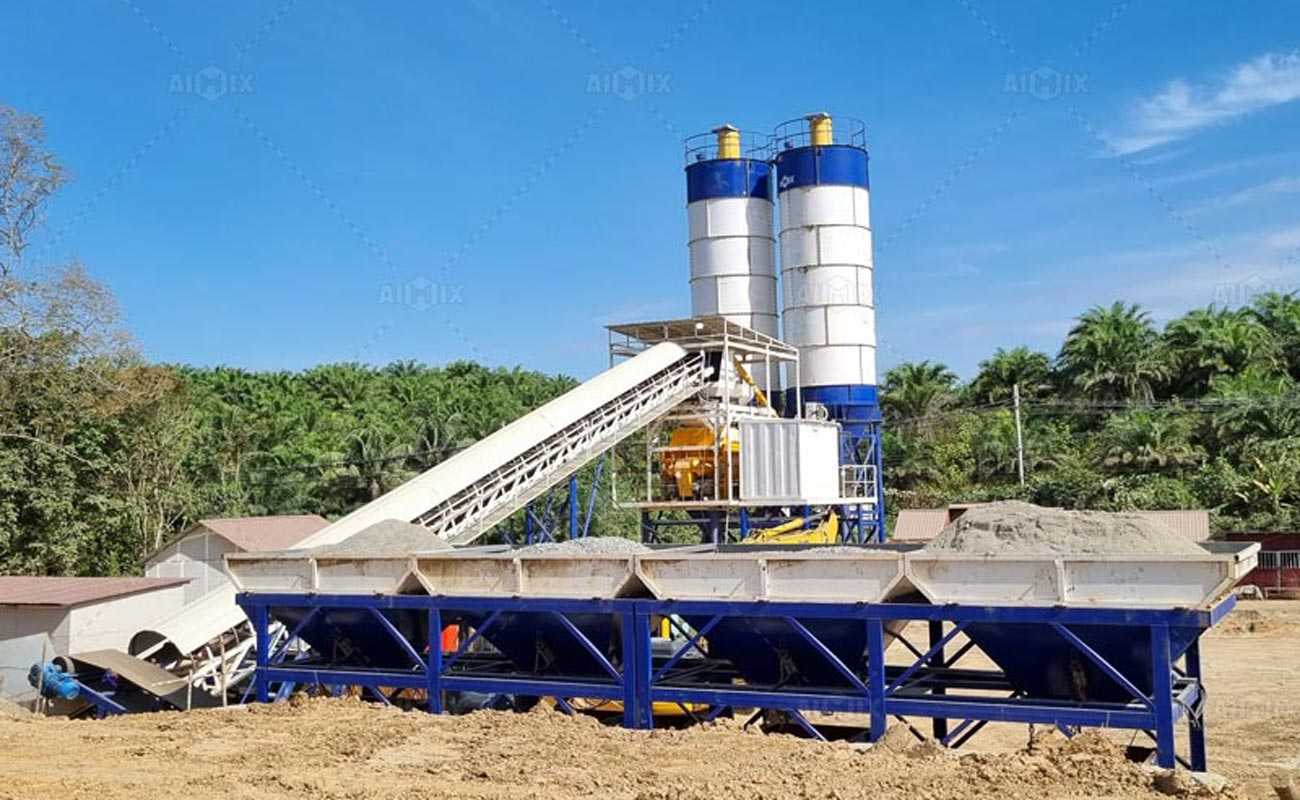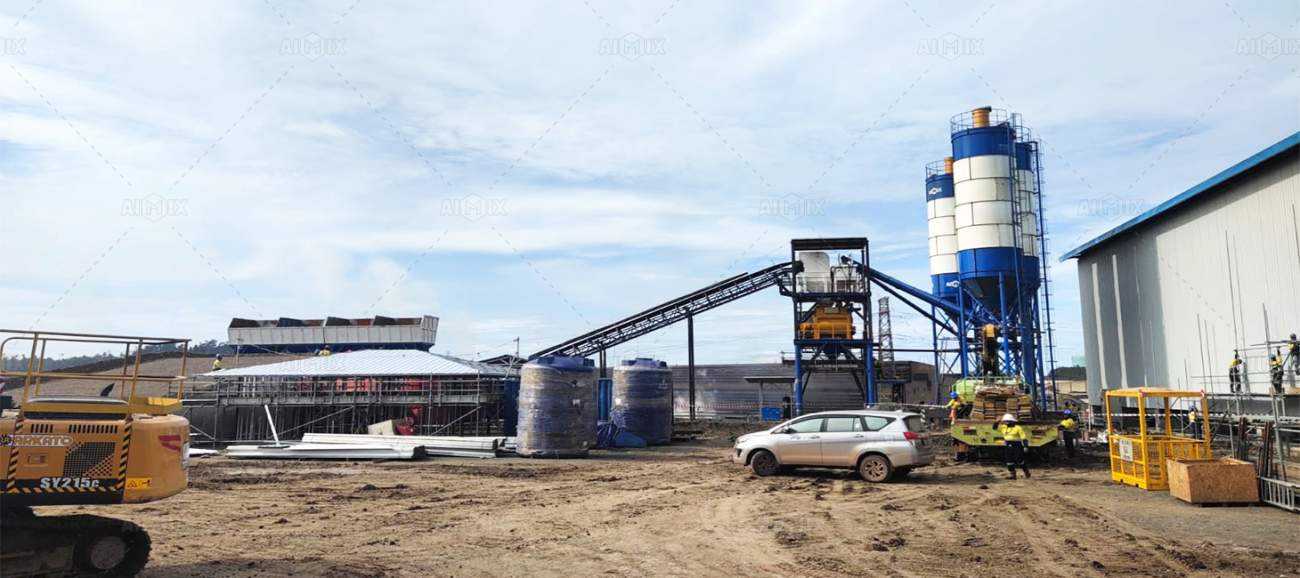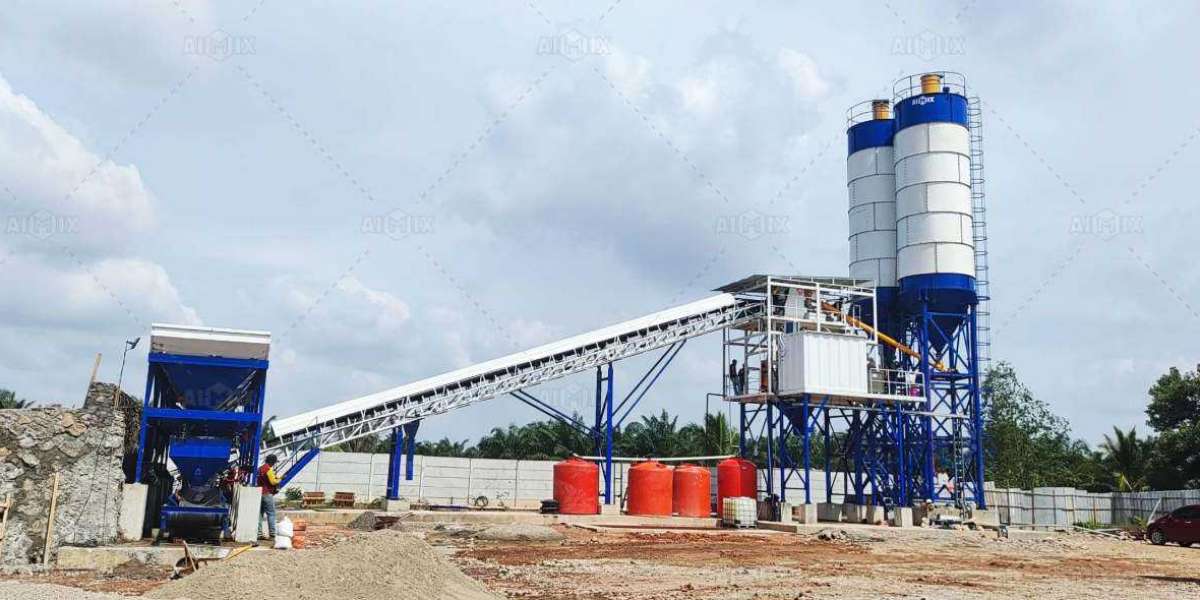In the evolving landscape of construction, concrete batching plant cost is becoming a key consideration for contractors, developers, and equipment investors alike. With infrastructure and real estate projects booming across emerging and developed markets, understanding how these costs are trending—and what’s driving them—is essential for making informed investment decisions.
By analyzing global market patterns, raw material pricing, labor costs, environmental regulations, and technological shifts, we can begin to forecast how the price of concrete mixing plants will move in the coming years.
Global Demand Is Fueling Price Dynamics
One of the most direct drivers of concrete batching plant cost is market demand. As urbanization accelerates in Asia, the Middle East, and Africa, demand for high-capacity and automated concrete mixing plants has surged.
Countries like India, Indonesia, the Philippines, and Saudi Arabia are heavily investing in transportation, housing, and water infrastructure—projects that require dependable concrete supply on a large scale. This increasing need has spurred plant manufacturers to ramp up production, but with demand outpacing supply in some regions, prices are creeping upward.

Raw Material and Component Costs Are Rising
The cost of steel, electronics, and industrial components significantly affects the final price of a concrete batching plant. Since batching plants are made primarily of structural steel, mixing drums, conveyors, and control systems, any fluctuation in raw material markets—especially steel and electrical parts—translates directly into production cost changes.
For instance, the 2023–2024 global steel price volatility led many manufacturers to increase plant prices by 5–15%. This trend continues into 2025, especially as countries introduce tariffs and protectionist policies that impact cross-border supply chains for concrete mixing plants and their components.
Automation and Technology: A Double-Edged Sword
As automation becomes standard in modern concrete mixing plants, cost forecasts must account for the technology embedded in the systems. PLC (programmable logic controllers), SCADA systems, real-time quality control sensors, and energy-efficient motors all enhance productivity and concrete consistency—but they also add to the upfront cost.
However, these features often lead to lower long-term operational expenses and reduced labor requirements. For businesses taking a 5–10 year view, the higher initial concrete batching plant cost may offer a better return on investment through increased efficiency and reduced downtime.
Regional Cost Variation: A Market-by-Market View
Concrete batching plant prices vary significantly depending on the country or region due to import duties, labor costs, regulatory requirements, and local market competition.
Southeast Asia: Cost-effective options are available from local and Chinese suppliers. Competitive pricing, plus low labor costs, make this region a hub for mid-size mobile and stationary batching plants.
Middle East: Higher customization requirements and stricter environmental regulations increase the cost, particularly for high-capacity concrete mixing plants used in desert climates.
Africa: Price sensitivity dominates the market, though demand is rising rapidly. Budget-friendly models from China and Turkey are common, but import fees and logistics can inflate prices by 10–20%.
Europe and North America: Strict safety and environmental compliance adds to manufacturing costs. Expect to pay a premium for high-end models that meet CE and EPA standards.
Understanding these regional nuances is key when forecasting the concrete batching plant cost in your target market.

Sustainability and Green Building Influence Cost
Eco-conscious construction is gaining traction globally. To meet green building certifications or reduce carbon footprints, many buyers now opt for concrete mixing plants with features like:
Dust collection systems
Water recycling systems
Energy-saving drives
CO₂ injection or temperature control in mixing
While these features increase the initial cost by 10–20%, they may also help secure government incentives, carbon credits, or compliance with future regulations—adding long-term value to the investment.
Industry Forecast: What’s Next for Batching Plant Prices?
Based on current market dynamics, the forecast for concrete batching plant cost in 2025 and beyond includes the following trends:
Moderate Price Increase: Expect 5–10% annual increases due to rising global input costs and energy prices.
Growing Demand for Mobile Plants: As flexibility becomes crucial for fast-track projects, mobile plant prices will rise due to higher demand.
More Customization, Higher Cost: Tailored batching systems for special concrete types (e.g., fiber-reinforced, ultra-high-performance) will see premium pricing.
Regional Production Hubs: More manufacturers are opening regional branches to reduce logistics costs and mitigate tariff impacts.
Digital Integration: Smart batching plants connected via cloud systems will command higher prices but offer data-driven advantages.
How Buyers Can Prepare
To stay ahead of these pricing shifts, businesses should:
Plan for long-term ROI, not just initial cost.
Compare offers from multiple suppliers, especially from regions like China and Europe.
Negotiate inclusive packages that cover installation, training, and maintenance.
Work with local partners to reduce tax and shipping overhead.
Invest in flexible plants that can adapt to future construction trends or concrete specifications.

Conclusion
Forecasting the concrete batching plant cost involves more than tracking prices—it requires a holistic understanding of global market forces, raw material pricing, regulatory pressures, and technological evolution. While the cost of concrete mixing plants is expected to rise moderately, strategic planning and supplier selection can help businesses maintain profitability and ensure project success.
By staying informed and responsive to market signals, investors and contractors can turn these insights into actionable strategies and smart investments.







